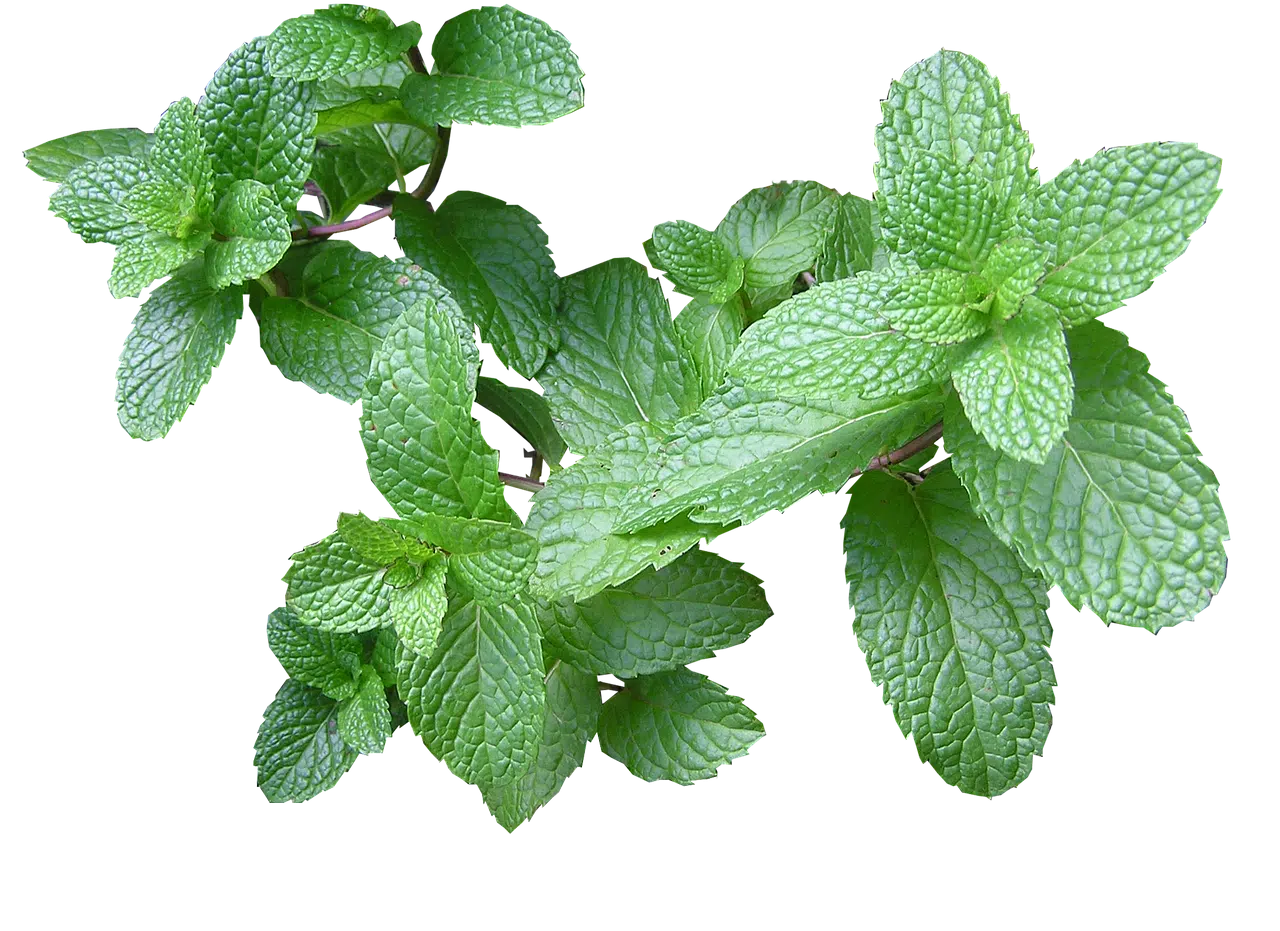
The term mint refers to a genus of aromatic herbs.
Mint is a genus of aromatic herbs that is used in gastronomy and in the production of cosmetic products and for personal hygiene . Its flavor produces a sensation of freshness, as does its aroma.
For example: “Do you want to drink a glass of mint liqueur?” , “Yesterday, with Mariana, we ate half a kilo of mint ice cream” , “This mint toothpaste leaves a very pleasant taste in the mouth” .
Establishing the etymological origin of the term takes us to Latin. It comes from the word mint which, in turn, comes from the Greek minthe .
It should be noted that in Spain mint is used as a synonym for peppermint and is used in the gastronomic field to, for example, shape both drinks such as tea and sweets such as chewing gum. Among the various species of mint, Mentha spicata , Mentha suaveolens , Mentha pulegium , Mentha vagans , Mentha longifolia and Mentha aquatica can be mentioned.
The mint plant
Native to Central Asia and the Mediterranean region, mint (whose scientific name is Mentha ) is a perennial herbaceous plant that can reach a height of 1.20 meters. It has underground rhizomes, leaves with an opposite arrangement and an oblong to lanceolate shape, two-lipped and four-lobed flowers, and capsule fruits with up to four seeds.
Given the aroma it gives off as well as its multiple uses, many people are encouraged to grow a mint plant in their case. In order to ensure that it is in perfect condition, a series of specific care is necessary, such as abundant watering.

Different drinks can be flavored with mint leaves.
Uses of leaves
The uses of mint are quite varied. Its fresh leaves can be used to season savory dishes (such as Arabic empanadas or lamb meat) or decorate sweet dishes (a chocolate volcano, a cake). Its processing, on the other hand, allows the production of ice cream, sweets, liqueurs, sweets and other food products.
It should not be overlooked that mint is also frequently used as a medicinal plant . And the well-known "grandmother's remedies" or traditions have turned it into a wonderful tool to solve stomach problems, colic, nasal congestion, colds, coughs, throat irritation, rheumatic problems and even kidney stones. .
The distillation of mint, meanwhile, provides an oil that is used in the production of oral products, perfumes, skin lotions and medicines. Aromatherapy experts say that the aroma of mint is decongestant (helps clear the airways), analgesic and stimulating.
Other meanings of the term mint
On the other hand, we must not forget that mint is a word that is used in certain countries with another meaning than the one we are analyzing.
A good example of this is in El Salvador where, within colloquial journalistic language, it is used to refer to the illegal payment that someone makes to a newspaper or a reporter with the clear objective of publishing news or information that is totally beneficial.
